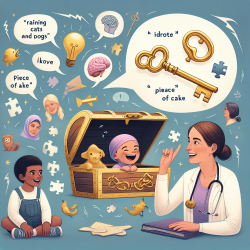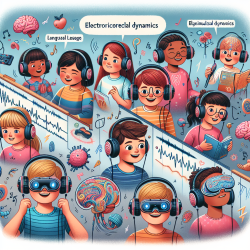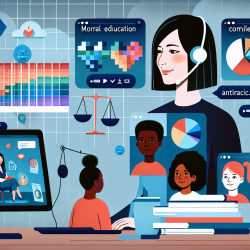Understanding idiom comprehension in children is crucial for speech-language pathologists (SLPs) working with diverse populations. A recent study titled The Real-Time Comprehension of Idioms by Typical Children, Children with Specific Language Impairment, and Children with Autism provides valuable insights that can guide practitioners in enhancing their therapeutic approaches.
Key Findings
The study examined the real-time auditory comprehension of idioms among three groups: typically developing (TD) children, children with specific language impairment (SLI), and children with autism. The findings revealed distinct patterns of idiom comprehension across these groups:
- Typically Developing Children: Demonstrated an adult-like pattern by priming for the idiomatic but not the literal meaning of idioms.
- Children with SLI: Showed a similar pattern to TD children, priming for the idiomatic meaning, suggesting intact semantic memory.
- Children with Autism: Primed for the literal but not the idiomatic meaning, indicating potential deficits in semantic memory related to idioms.
Implications for Practice
These findings have several practical implications for SLPs:
- Assessment Techniques: Incorporate real-time comprehension tasks in assessments to capture automatic language processing abilities, which may be more revealing than off-line tasks.
- Targeted Interventions: For children with autism, focus on explicit teaching of idiomatic meanings to bridge gaps in semantic memory.
- SLI Interventions: Utilize idioms in therapy to leverage their intact semantic memory and enhance language comprehension skills.
Encouraging Further Research
SLPs are encouraged to delve deeper into idiom comprehension research to better understand the nuances of language processing in children with developmental disorders. Further studies can explore the time course of idiom comprehension and the impact of different types of idioms on language processing.
To read the original research paper, please follow this link: The Real-Time Comprehension of Idioms by Typical Children, Children with Specific Language Impairment and Children with Autism.










